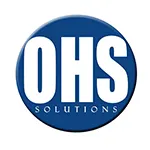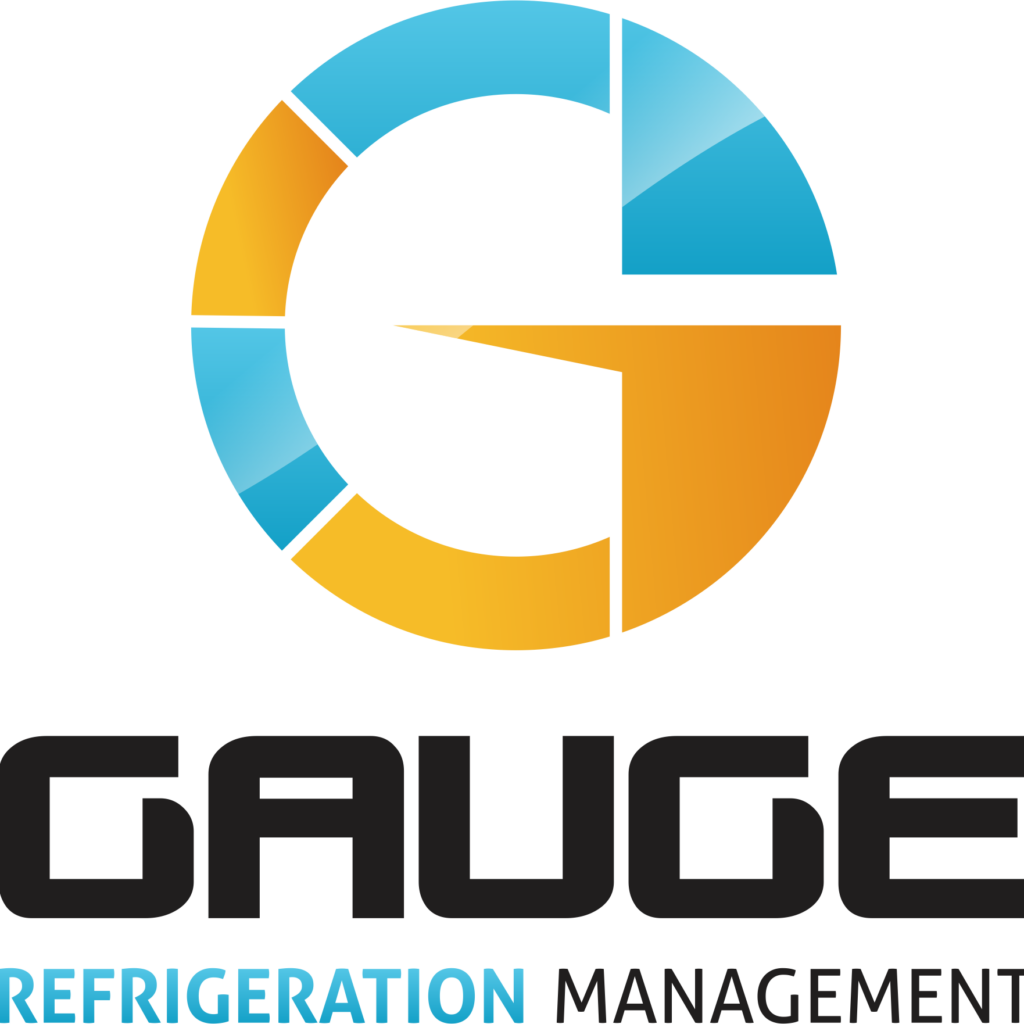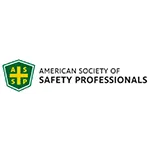CLICK HERE to Renew your Membership
CLICK HERE for a NEW Membership
CLICK HERE to see eligibility requirements for FREE Membership
If you have any questions, please contact me
We offer:
- Over 17,600 categorized unsafe acts/conditions and accident/injury photos
- Over 1,450 ppt's & doc's
- Over 3,975 technical articles on Process Safety & Occupational Safety & Health matters
- Over 450 videos

I am proud to announce that have extended our”Partners in Safety” agreement for another year (2025).
CI Members, send me an e-mail to request your FREE SAFTENG membership.
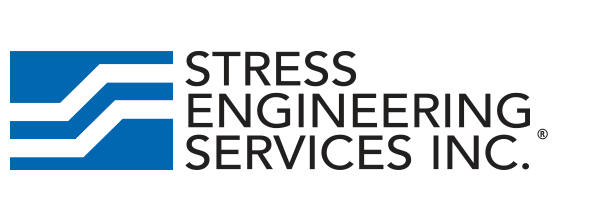
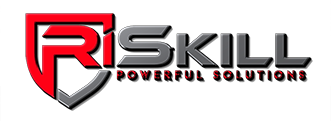



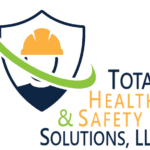





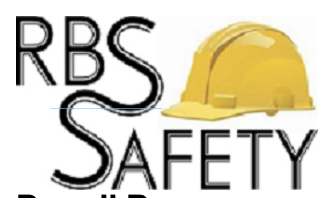
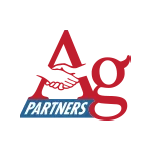
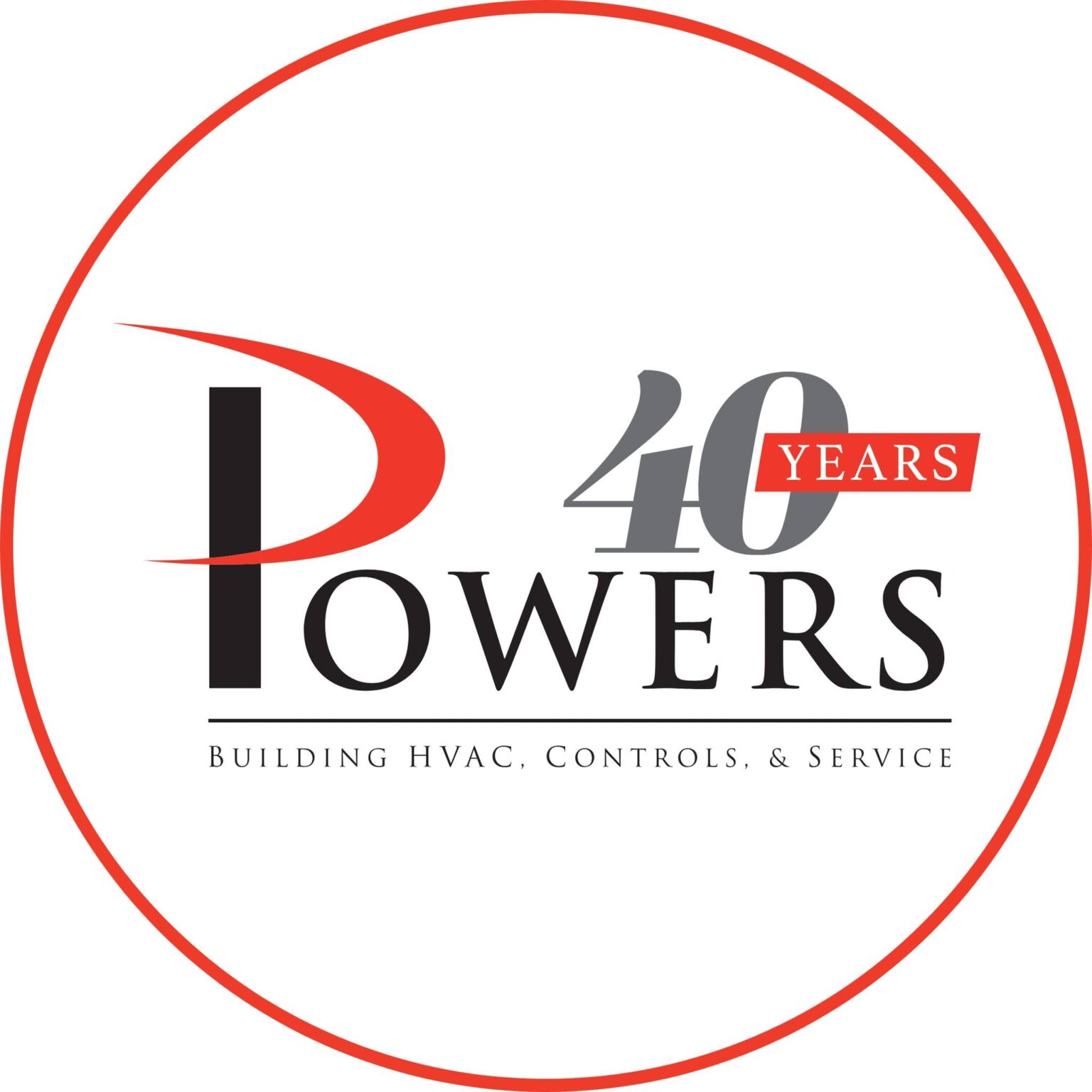
January 11, 2023
This is NOT a fluff piece, as you may already know if you are a follower. I am just dismayed at all the rhetoric around safety these days. And yes, I realize I was spoiled rotten by the companies and men I worked for over my career as a safety pro in the chemical and semiconductor industries. So I know first-hand that there are organizations (at least at a facility level) that want...
Read More
January 11, 2023
It is that time of year again… these heaters can become a serious hazard in the workplace. And each year I get emails asking for help in controlling their use. And as you know, I love to use safety standards that may not be legally applicable but provide excellent guidance to improve safety. For those of you working for a management team that always plays the OSHA card, I offer...
Read More
January 11, 2023
At 11:45 a.m. on May 16, 2022, an employee was preparing to pump fuel into a pump station at an oil and gas site. He was holding the fuel pump and walking towards the fuel tank, when he tripped and inadvertently squeezed the pump’s handle, releasing diesel fuel. When the diesel contacted the pump manifold, it was ignited and engulfed the area in flames. The employee sustained burns to his entire...
Read More
January 11, 2023
At 12:00 a.m. on June 16, 2022, Employee #1 and a coworker were filling train cars with soybeans. Both employees entered the grain bin from the top entry door to investigate why the soybeans were not flowing through the bottom gates of the bin. While inside, Employee #1 was engulfed by the soybeans and the coworker escaped by climbing a fixed ladder on the bin wall. Employee #1 was killed from being...
Read More
January 11, 2023
At 10:30 a.m. on June 15, 2022, an employee was MIG welding nipples onto the top of a fuel tank truck. The purpose of the nipples was to facilitate a steam cleaning process for the tank, and the work was being performed in an indoor bay of a building. The employee was welding when the tank exploded, blowing the employee through the building roof and a considerable vertical distance above the building...
Read More
January 11, 2023
On June 27, 2022, an employee was flushing a chlorine dioxide pump for maintenance.
He inhaled the chlorine dioxide when it escaped.
The employee was rushed to the hospital and later died.
…
HomeRead More »
Read More
January 11, 2023
Very unfortunate… we see a lot of accident investigations like this. Regardless of what you may see/read on LinkedIn, root cause analysis tools are a MUST have in any SMS, as well as having TRAINED/COMPETENT personnel using those tools. In my 30+ years, I have come to learn that the RCCA element of an SMS is one of the top 5 elements of a successful SMS. Without it, we can kiss a “learning culture”...
Read More
January 10, 2023
If you can tell, I was at a flammable liquids processing facility last week for an introductory visit. It did not go well as we could not agree on basic compliance measures and RAGAGEP practices associated with PSM-covered and non-covered processes. One of the major pushbacks I got was their use of some ancient, non-nameplated cast iron vessels. There is NO history on these vessels,...
Read More
January 10, 2023
We talk a lot about flanged and welded connections but not so much about threaded connections. This is mainly based on my limited experience with threaded connections used in HAZMAT processes. But one thing I did learn about threaded connections is a MAJOR prohibition for threaded connections @ vessels when the piping/vessel will contain flammable liquids, gases, or vapors. Using...
Read More
January 10, 2023
Sorry I am late posting these, but here are the latest Emergency Response Guidebook (ERG) changes. And there are a lot of them; listed based on the color of their section in the guidebook:
…
HomeRead More »
Read More
January 10, 2023
Respondent is the owner and operator of five (5) facilities as that term is defined in section 112(a)(9) of the CAA, and within the meaning of section 112(r) of the CAA and section 313 of EPCRA. EPA conducted inspections of the facilities on the following dates to determine Respondent’s compliance with section 112(r) of the CAA, 42 U.S.C. § 7412(r), and 40 C.F.R. part 68: Providence RI Facility...
Read More
January 9, 2023
I recently came across this depiction of the Plan-Do-Check-Act (PDCA) management model related to a Safety Management System. It is from our safety friends across the pond. Check it out, as well as their complete publication on the topic…
…
HomeRead More »
Read More








